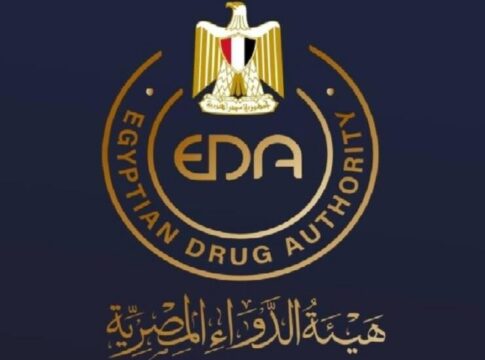The introduction of this dynamic pricing model could significantly enhance transparency in the pharmaceutical sector. By linking drug prices directly to the exchange rate and raw material costs, the system promises to streamline pricing adjustments, benefiting both consumers and manufacturers. For local and international pharmaceutical companies, the system eliminates the need for cumbersome administrative processes to alter prices, reducing delays and improving market responsiveness. Moreover, this transparency could bolster foreign investment in Egypt’s pharmaceutical industry. With predictable pricing mechanisms, foreign investors may find the Egyptian market more attractive, potentially leading to increased capital inflows and innovation in the sector.
However, this automatic pricing approach is not without potential drawbacks. The fluctuating nature of currency exchange rates may lead to frequent price changes, posing challenges for budgeting and financial planning for households reliant on specific medications. Additionally, there is a risk that rapid price hikes could impact affordability for essential drugs, particularly if currency instability persists.
The EDA’s assurance of automatic price reductions when the dollar weakens or raw material costs drop provides a safeguard, but the volatility could still pose challenges for consumers and healthcare providers adapting to constant price shifts.


